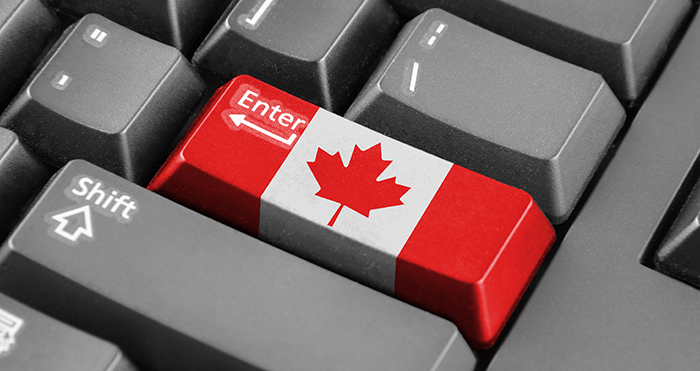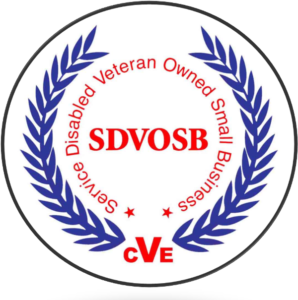
The Basics
At the most basic level, there are a few key things to know:
- All shipments to and from Canada must utilize a customs broker
- You need a Bill of Lading and a Canadian Commercial Invoice (CCI)
- Shipment value must be indicated on the Commercial Invoice.
- Fees are paid by the receiver
- Canadian national holidays differ from the US.
Using a Customs Broker
All shipments to and from Canada must utilize a customs broker. The customs broker is responsible for clearing goods into another country and navigating the customs protocol.
The Paperwork
Like any other shipment, you'll fill out a Bill of Lading, but there is at least one more document required to get your shipment into Canada - the commercial invoice.
The Canadian Commercial Invoice (CCI) tells customs the particulars of your shipment, including who is responsible for duties, so it is important. Once you’ve filled it out, make a couple copies. Attach one copy to your BOL and another to your freight.
Your customs broker will review the CCI and BOL before the freight picks up to make sure the information they need is accounted for. It may sound silly, but even basic things like zip code are often missed. Don’t forget, Canadian postal codes follow a six digit letter, number rotation pattern (example: A1B2C3).
If a border crossing is held up, the culprit is often incomplete information on the commercial invoice or poor communication between the carrier and the customs broker. So, be precise and make sure your broker is in place before the shipment moves.
If your goods meet the USMCA rules concerning the country of production, you may also need to include a Certificate of Origin to benefit from duty free customs clearance.
How Your Freight Clears Customs
You've loaded your freight and the driver has left your dock. Now what? If you've prepared as you should, you have very little to worry about.
While your shipment is in transit, your customs broker is confirming the Importer of Record and the assignment of import duties and taxes so when your freight gets to the border it clears seamlessly. When it's all in order, your customs broker will send the paperwork to the Canada Border Services Agency (CBSA) and your freight will be ready to enter Canada. Since all customs clearance communication is handled electronically, the customs broker will never see your freight.
Once your freight clears customs, the carrier will proceed to the destination and deliver the shipment to your customer. If the carrier you chose also has operations in Canada, they will be the company that completes the delivery. However, there are a number of U.S. LTL carriers that have relationships with Canadian LTL carriers that deliver the freight once it crosses the border.
Here's a typical step-by-step after your freight is picked up:
- The carrier lets the customs broker know when they are scheduled to arrive in Canada.
- The customs broker prepares a customs entry and sends it to the CBSA.
- The driver reports to the CBSA office, usually a drive-up window at the port of entry.
- A CBSA inspector reviews the information and customs clears the shipment.
- The driver proceeds to delivery. For LTL, the driver will take the freight to the destination terminal.
What The Right Customs Broker Does For You
As your cross-border business grows, consider optimizing your operations, including your customs processes. A good customs broker makes it easy by standardizing procedures. They will ensure accuracy, lower compliance risk, save you time and reduce costs.
Your customs broker should provide real-time tracking 24/7, generate reports, analyze data and perform post entry audits. In addition, they should keep you up-to-date on best practices to comply with regulatory changes like the recent adjustments to eManifest and ACE.

